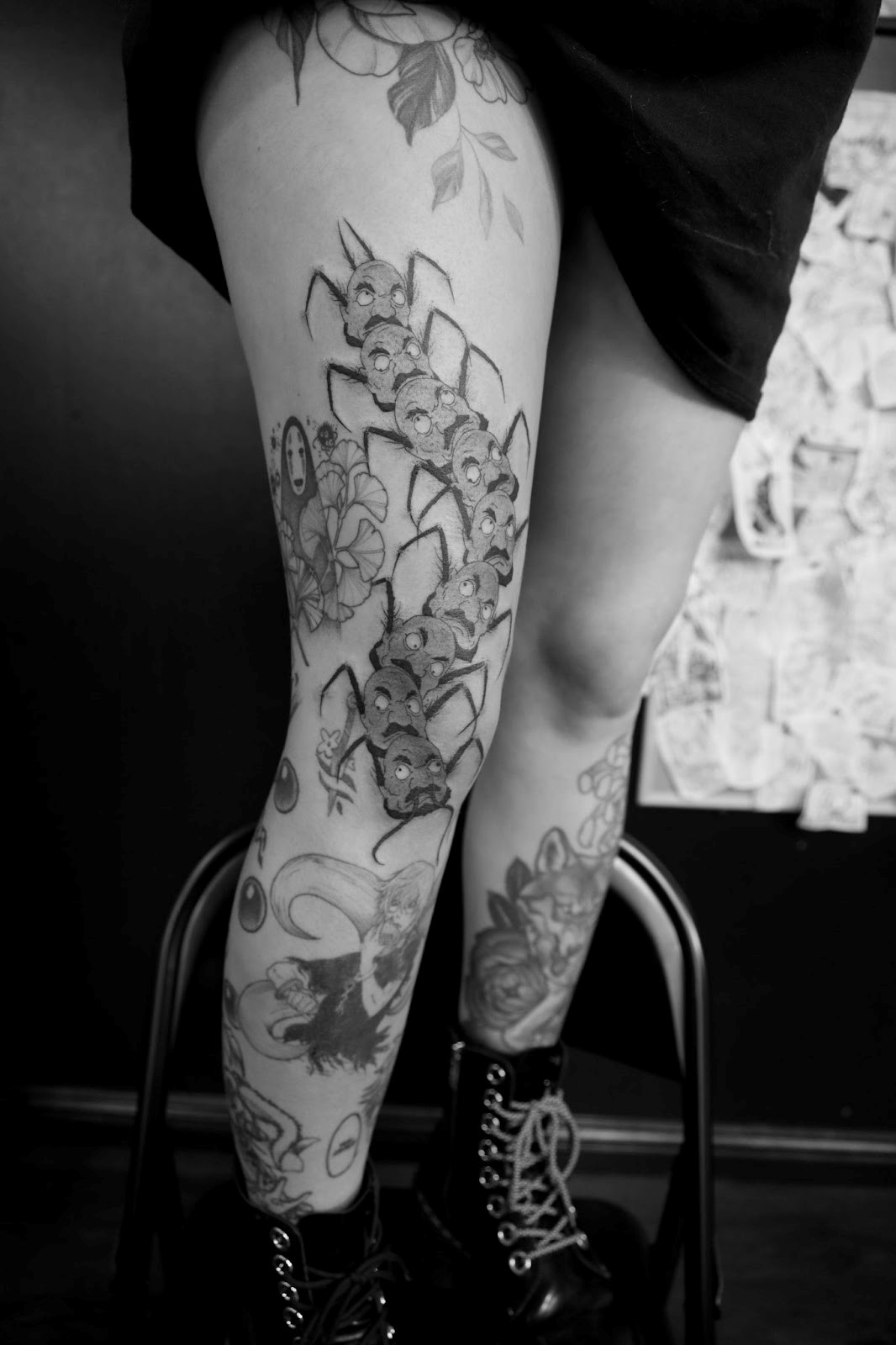Art & Culture
Otaku Tattoo Revolution: Edward Cervantes’ Cazrkillz Leads the Charge

Los Angeles-based artist Edward Cervantes, known as Cazrkillz, is a trend setter in the world of tattooing, revolutionizing the industry with his unique fusion of anime and manga-inspired designs. As the Otaku tattoo style gains traction, Cervantes is leading the charge, establishing himself as a pioneer in this emerging genre. This article will delve into the Otaku tattoo revolution, explore popular tattoo styles worldwide, and provide a brief history of tattoos in America.
Edward Cervantes: The Man Behind Cazrkillz
Edward Cervantes’ journey as an artist began with graffiti, adopting the moniker “Cazr” in homage to hip-hop culture. Over time, he transitioned into tattooing, rapidly gaining a reputation as a talented street artist. As his passion for tattooing grew, Cervantes found his niche by merging his love for Japanese animation and culture with his tattoo artistry, giving birth to the Otaku tattoo genre. He’s been compared to other tattoo artists such as Bunny Machine, Hori Benny, and Nikko Hurtado.

Otaku Tattoo Style
The Otaku tattoo style is characterized by the faithful reproduction of characters and scenes from anime and manga. Vibrant colors, intricate details, and a deep understanding of the source material’s visual style are essential to creating an authentic Otaku tattoo. This emerging genre offers fans of Japanese pop culture a unique avenue for self-expression, resonating with their interests and experiences.

Popular Tattoo Styles In The World
Tattoo styles vary significantly across the globe, reflecting cultural influences, personal tastes, and artistic innovation. Some of the most popular styles include:
- Traditional or old-school tattoos: Featuring bold lines, bright colors, and iconic designs such as anchors, roses, and pin-up girls.
- Tribal tattoos: Often featuring bold black lines, geometric patterns, and intricate designs inspired by various indigenous cultures.
- Japanese tattoos (Irezumi): Known for their rich history, symbolism, and distinctive aesthetics, with themes like koi fish, dragons, and cherry blossoms.
- Black and grey tattoos: Focusing on monochromatic designs using various shades of black and grey ink to create depth and contrast, often employed for realistic portraits and animals.
- Watercolor tattoos: Mimicking the fluid, free-form nature of watercolor paintings, using soft color gradients and minimal linework for a delicate, painterly appearance.
- Dotwork tattoos: Created using thousands of tiny dots to form intricate patterns and designs, often focusing on geometric and mandala-inspired motifs.
- Trash Polka: An unconventional style combining elements of realism, abstract art, and typography to create striking, high-contrast designs primarily using black and red ink.
A Brief History of Tattoos in America
Tattooing has a long and complex history in America, with roots dating back to indigenous cultures. However, the modern tattoo culture began in the late 19th century when European settlers adopted the practice from Polynesian and Native American cultures. Early American tattoos were primarily associated with sailors and working-class individuals, who used tattoos to signify their personal experiences and identities.
The advent of the electric tattoo machine in the late 1800s revolutionized the industry, making tattooing more accessible and popular. The early 20th century saw the rise of traditional American tattoos, featuring bold lines, bright colors, and iconic designs. Tattoo artists like Sailor Jerry and Lyle Tuttle helped popularize this style, which remains a staple in modern tattoo culture.
The latter half of the 20th century witnessed a surge in tattoo popularity, with counterculture movements like the hippies and punks embracing tattoos as a form of self-expression and rebellion. By the 1990s, tattoos had become mainstream, with celebrities adopting it fully.
Conclusion:
The Otaku Tattoo Revolution, led by Edward Cervantes’ Cazrkillz, has undoubtedly left an indelible mark on the tattoo industry. By seamlessly blending his passion for Japanese pop culture with his artistic prowess, Cervantes has introduced a unique and captivating style that has resonated with fans and fellow artists alike. Los Angeles, with its diverse population and thriving artistic scene, has provided the ideal environment for Cervantes to develop and popularize the Otaku Tattoo style.
As the movement continues to gain momentum, it serves as a testament to the power of innovation, creativity, and cultural fusion in the world of body art. With Cervantes at the helm, the Otaku Tattoo Revolution is poised to leave a lasting impact on the industry, inspiring a new generation of artists to explore the limitless possibilities of artistic expression.
Suggested Video:
-

 Press Release7 days ago
Press Release7 days agoIn2space Launches Campaign to Make Space Travel Accessible for All
-

 Press Release3 days ago
Press Release3 days agoNura Labs Files Revolutionary Patent: AI-Powered Wallet Solves the $180 Billion Crypto Staking Complexity Crisis
-

 Press Release13 hours ago
Press Release13 hours agoGlobal Compound Feeds and Additives Industry Report: Market Expansion and Competitive Insights to 2035
-

 Technology12 hours ago
Technology12 hours agoWhat to Know Before Switching Cell Phone Network Services in 2025














